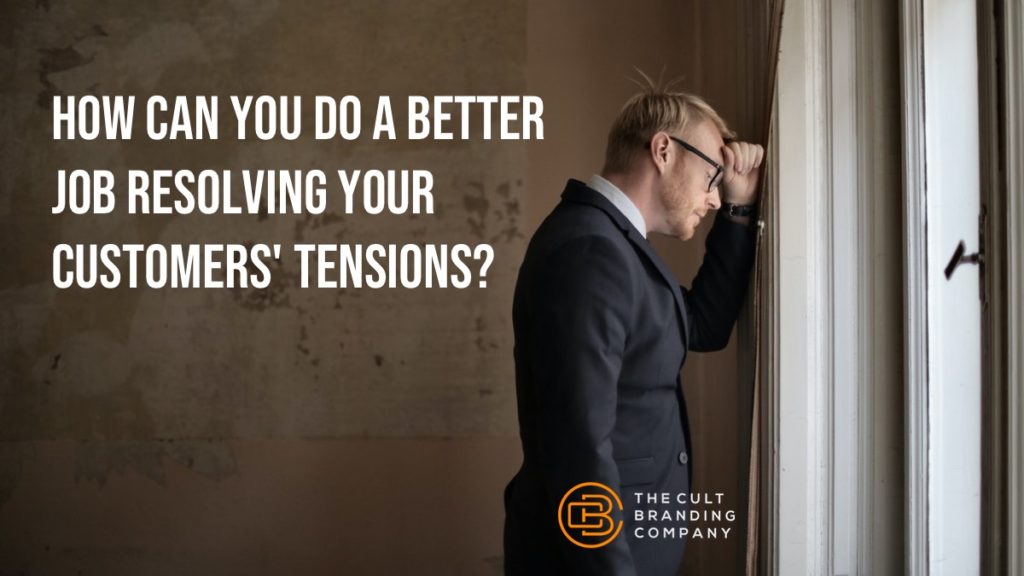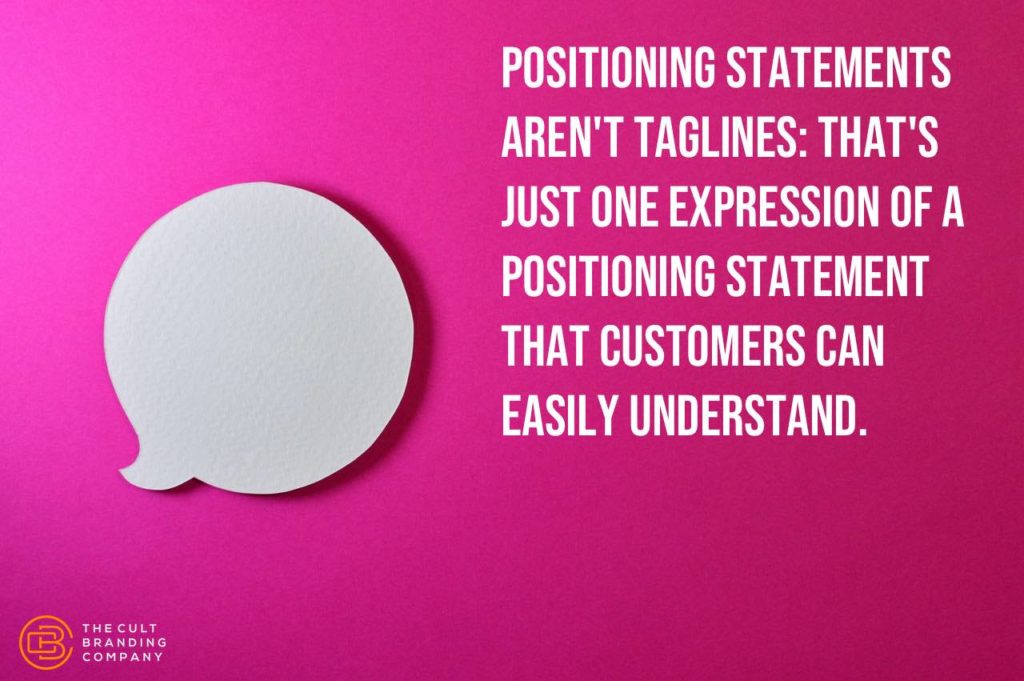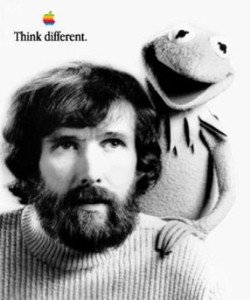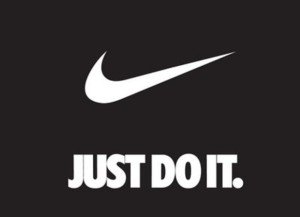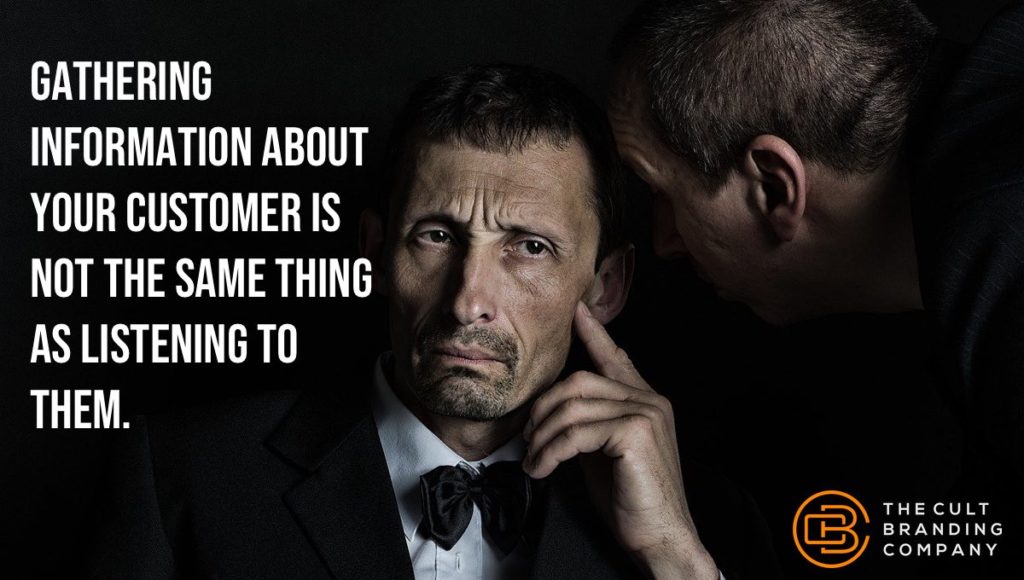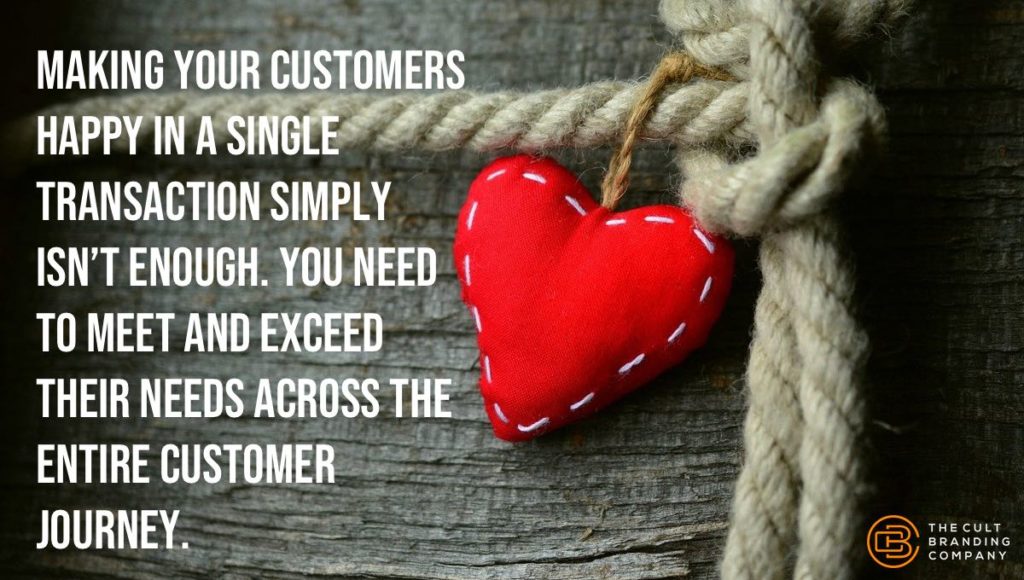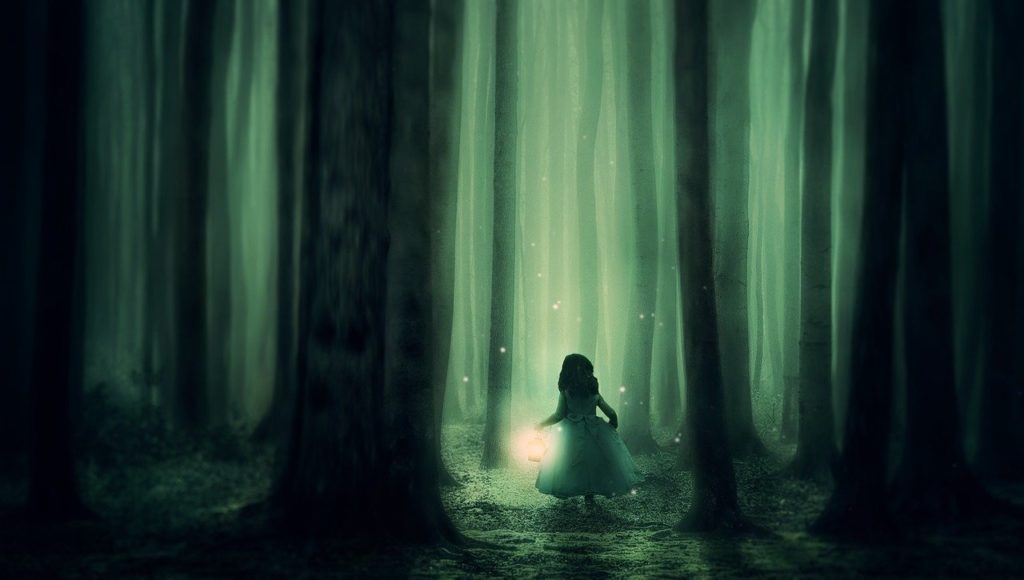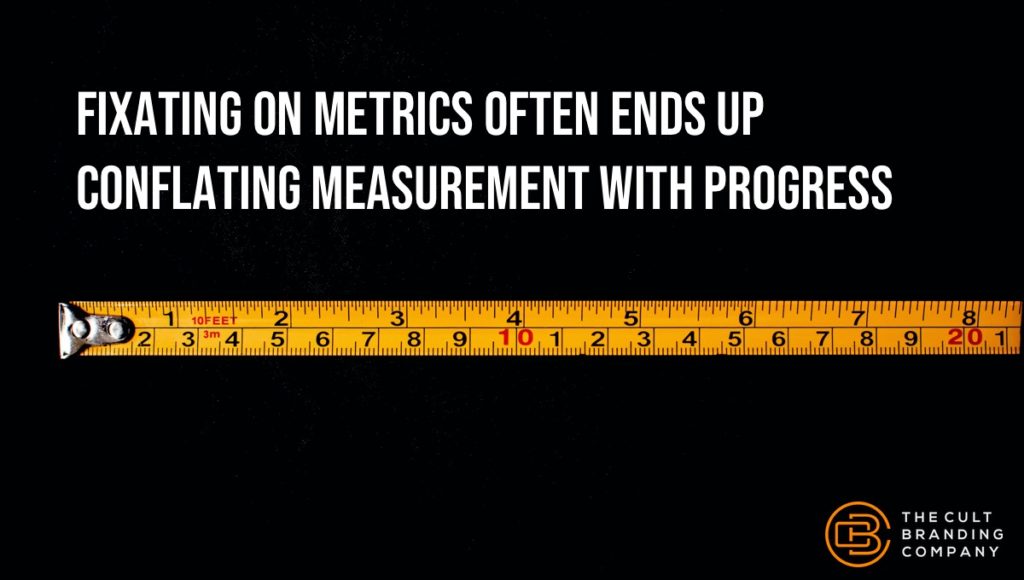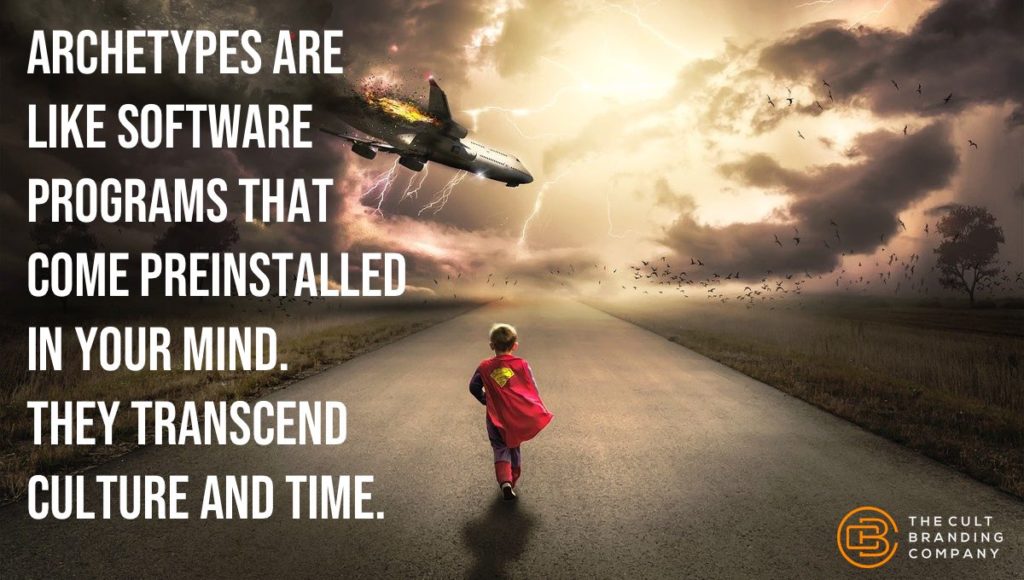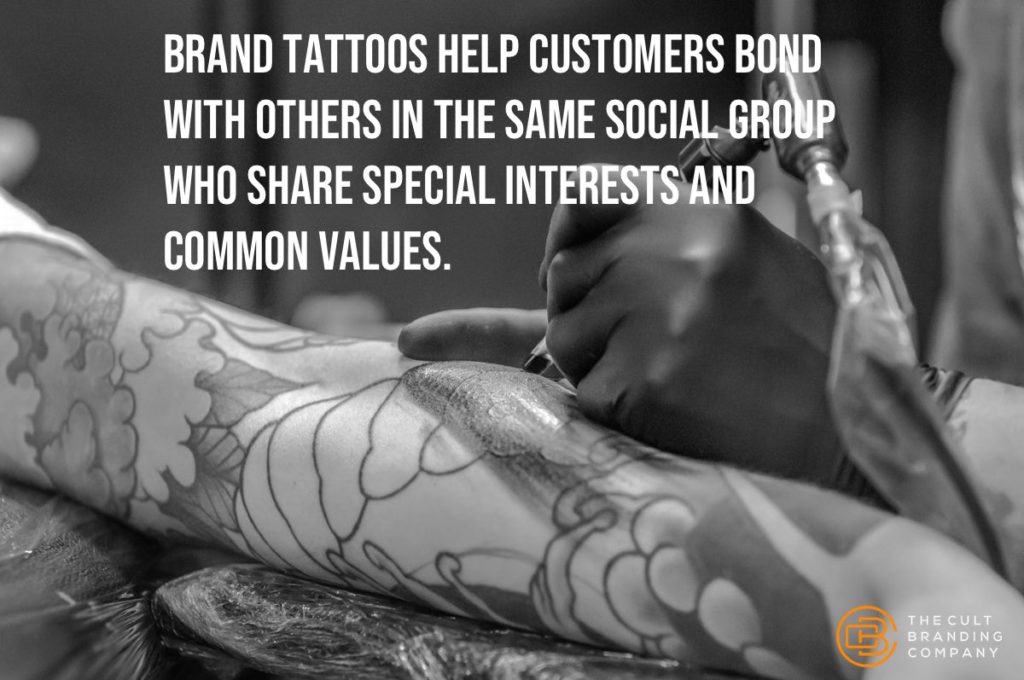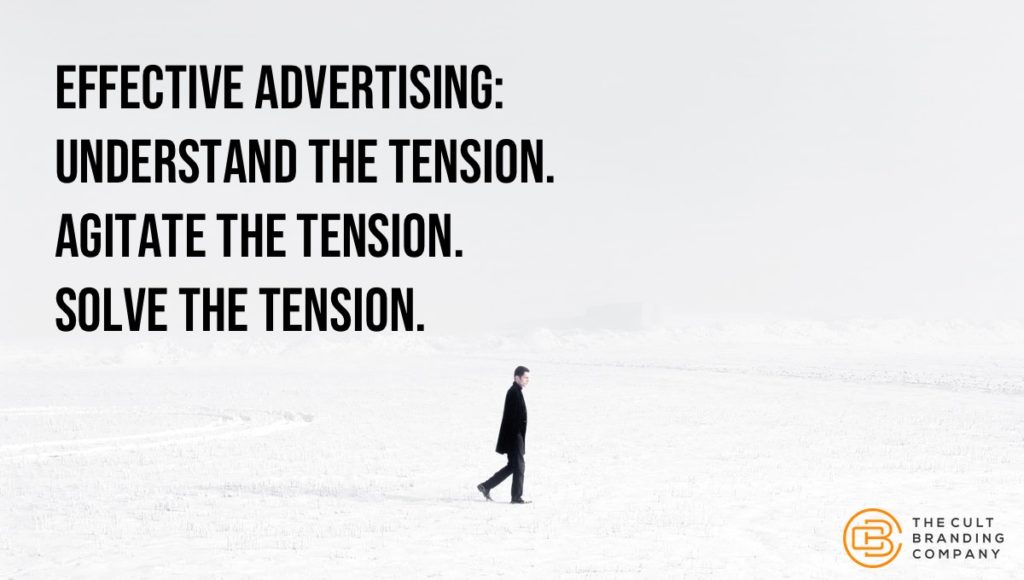
Brian is a 40-year-old executive at a software company. He’s married with two kids. Between work and family life, Brian hasn’t had much free time. But, Brian has a warrior in him screaming for actualization. He wants to train and complete a triathlon.
Brian is married to Laura. Laura has been a stay-at-home mom for the last fifteen years. It was a rewarding experience but Laura studied entrepreneurship in college. Now that both her kids are in high school, her inner entrepreneur is commanding her to start a business.
Both Brian and Laura are aligned with the archetype of the hero. They are both at the beginning of a hero’s journey.
The Significance of the Hero’s Journey
The hero is a powerful and pervasive archetype in our culture.
In The Hero with a Thousand Faces, Joseph Campbell takes this single archetype of a hero and illustrates the universal adventure that all heroic figures share.
While the stories or faces of the hero may vary—depending on the particular culture, society, or era—the fundamental archetype remains the same.
Campbell held heroes with significance because they communicate universal truths about self-discovery and the individual’s role in society.
He believed that understanding the hero’s journey provides meaning for contemporary people by revealing the unifying nature of the human spirit in its aspirations, abilities, vicissitudes, and wisdom.
Customer Tensions and the Call to Adventure
Brian and Laura are about to leave their comfortable and familiar world and enter an unknown, special world.
This is often scary. As humans, we tend to seek the known and familiar. We like to feel comfortable. And, the unknown is uncomfortable.
For Brian, the unknown might be the state of his physical condition. Will he be able to condition his 40-year-old body with the stamina and endurance needed to complete a triathlon?
For Laura, the unknown might be her passion, creativity, and perseverance. Will she have what it takes to conceive of an idea and follow through in execution to profitability?
Because of the fear of the unknown, many heroes refuse the call to adventure. We delay. We set aside. We procrastinate. We make excuses.
But something brews inside of us. A tension builds. It’s small at first, but it grows strength in the darkness.
Tensions are those opposing forces at play within the individual. This internal conflict creates disharmony.
Humans don’t like disharmony, and so tensions catapult us out of the familiar. The feeling of disharmony leads to action and ultimately, a resolution.
The 3 Stages of the Hero’s Journey
Brian and Laura are at the initial stage of the hero’s journey. Campbell called this stage Departure. The hero departs from the world he knows. He then faces trials and tribulations in stage 2, called Initiation, before coming home in stage 3, the Return.
All of your customers are somewhere in this three-stage cycle, although the majority are in the Departure stage. Your job is to understand customer’s journey and the great tensions they are experiencing. Then, you can determine how to best serve them in completing their adventure.
Famed playwright David Mamet suggests a similar 3-act structure for plays and dramas in Three Uses of the Knife: thesis, antithesis, synthesis.
Act 1 of the drama presents life as it is for the protagonist (the hero). In act 2, the character is faced with an opposing force that sends the hero into an upheaval (disharmony). The protagonist attempts to integrate the old life with the new in act 3.
The Hero’s Journey for Marketers
Your customers are heroes on their own unique journeys. Your job is to understand what tensions and obstacles they face on their quest and to determine how best to support them in completing a successful adventure.
Marketers can use a formula that mirrors this 3-act structure: problem, agitation, solution.
Understand the customer’s problem. Agitate it, readying them for action. Offer them your solution.
This formula works.
When you have penetrating customer insights into the tensions of your customers, this formula gives you the means to move them to action.
Do you know your customers’ tensions? Are you helping them resolve these tensions better than anyone else in your market?


